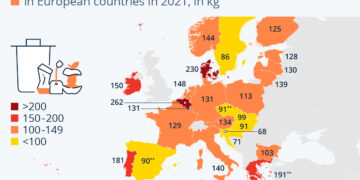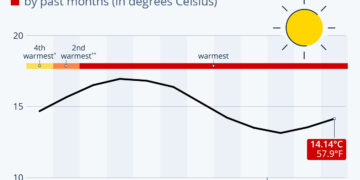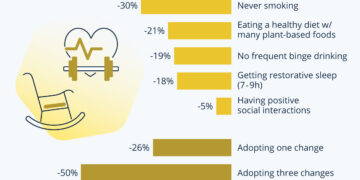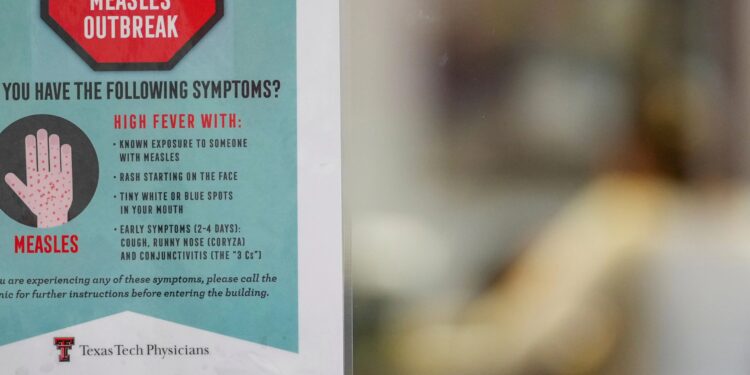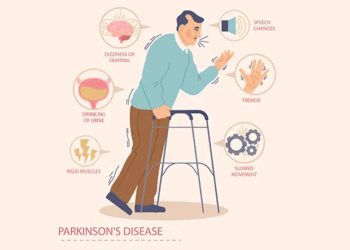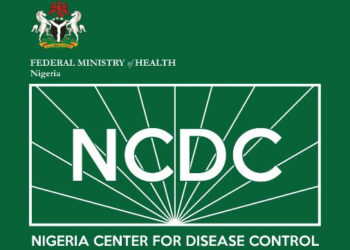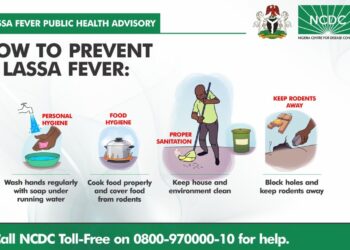The United States has reached a concerning milestone in 2025, recording the highest number of measles cases since the disease was declared eliminated in the U.S. in 2000. As of July 7, 2025, a staggering 1,281 cases had been reported. Just two days later, on July 9, 2025, the Centers for Disease Control and Prevention (CDC) reported an even higher number, with 1,288 confirmed measles cases, surpassing the 1,274 cases reported in all of 2019. This makes 2025 the year with the most cases in over three decades and the highest single-year total since before the turn of the century. The country has not seen so many confirmed measles cases in a single year since 1992, when 2,126 cases were recorded.
A Grim Reality: Deaths and Hospitalisations This year’s outbreak has brought tragic consequences. Three people – two children and an adult – have died from measles in the U.S. in 2025, marking the first measles deaths in a decade and the first time so many deaths have been recorded in a single year since before 2000. Additionally, about 12% of all confirmed cases have been severe enough to require hospital care. Cases have been reported in 37 states.
Why the Resurgence? Understanding the Drivers Experts point to several factors contributing to this alarming comeback:
- Declining Vaccination Rates: A key reason for the ongoing outbreak is long-standing gaps in measles vaccine coverage. Nearly all 2025 cases have occurred in individuals who are unvaccinated or whose vaccination status is unknown. The national measles vaccination rate for kindergarten children in the 2023-2024 school year was 92.7%, which is below the 95% level needed to arrest transmission of this highly infectious virus. Some areas, like Gaines County, the epicentre of the largest Texas outbreak, have local vaccination rates as low as the low 80s.
- Undermining Vaccine Confidence: The rise in anti-vaccine sentiment is seen as a dangerous course for the country. William Moss, IVAC Executive Director, notes that “As vaccine confidence continues to be undermined, immunization is more important than ever to end this outbreak and prevent future outbreaks from occurring”.
- Loss of “Measles Memory”: Paul Offit, a pediatrician, suggests that the elimination of measles by the 2000s also eliminated the memory of how sick the virus can make people. People no longer remember the severe nature of the disease.
- Imported Cases and Outbreaks: Measles cases can still occur when infected individuals from abroad bring the virus into the country. There have been multiple introductions of the measles virus into the U.S. this year, leading to at least 27 outbreaks, which account for 88% of confirmed cases. The largest outbreak, in West Texas, is thought to have originated from a large ongoing outbreak in Canada and has since spread to Oklahoma, Kansas, New Mexico, and even Mexico.
The Threat to Elimination Status The United States was declared free of endemic measles in 2000. This “elimination status” means that ongoing spread of the virus is no longer occurring within the country. However, if chains of spread are not stopped within a 12-month period, measles is considered endemic again. The U.S. is at risk of losing its measles elimination status should cases continue at the current rate. The country narrowly avoided losing this status in 2019 due to a large outbreak in New York City among Orthodox Jewish communities. Concerns persist that the persistent West Texas outbreak, centred in Mennonite communities, could lead to a loss of elimination status.
Monitoring and the Path Forward To provide real-time data for health officials, researchers, and the public, the U.S. Measles Tracker was developed by the International Vaccine Access Center (IVAC) at Johns Hopkins Bloomberg School of Public Health and the Center for Systems Science and Engineering (CSSE). This interactive dashboard maps total and recent reported cases at the county level and provides data on cases by age and vaccination status. It is updated at least twice a week.
Experts warn that this year’s experience with measles is likely not an anomaly and could become a “new normal” if vaccination rates do not increase. The overwhelming majority of cases have occurred in unvaccinated individuals. Maintaining adequate levels of measles vaccination is crucial to end this outbreak and prevent future ones. The message is clear: immunisation is more important than ever.

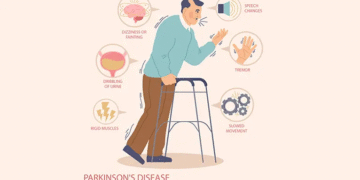


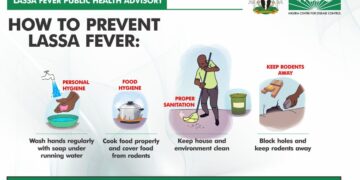

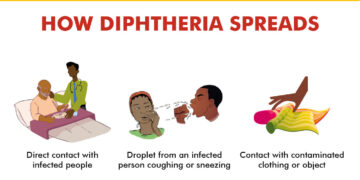
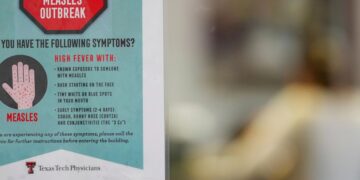




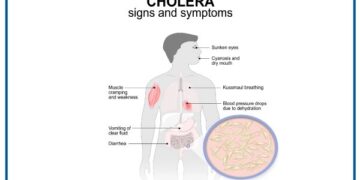
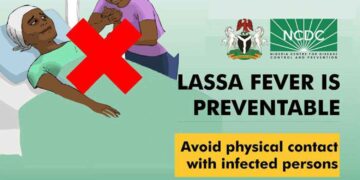




![Antimicrobial Resistance [AMR] in Hausa](https://healthtoday.com.ng/wp-content/uploads/2024/02/antimicrobial-resistance-AMR--360x180.jpeg)




